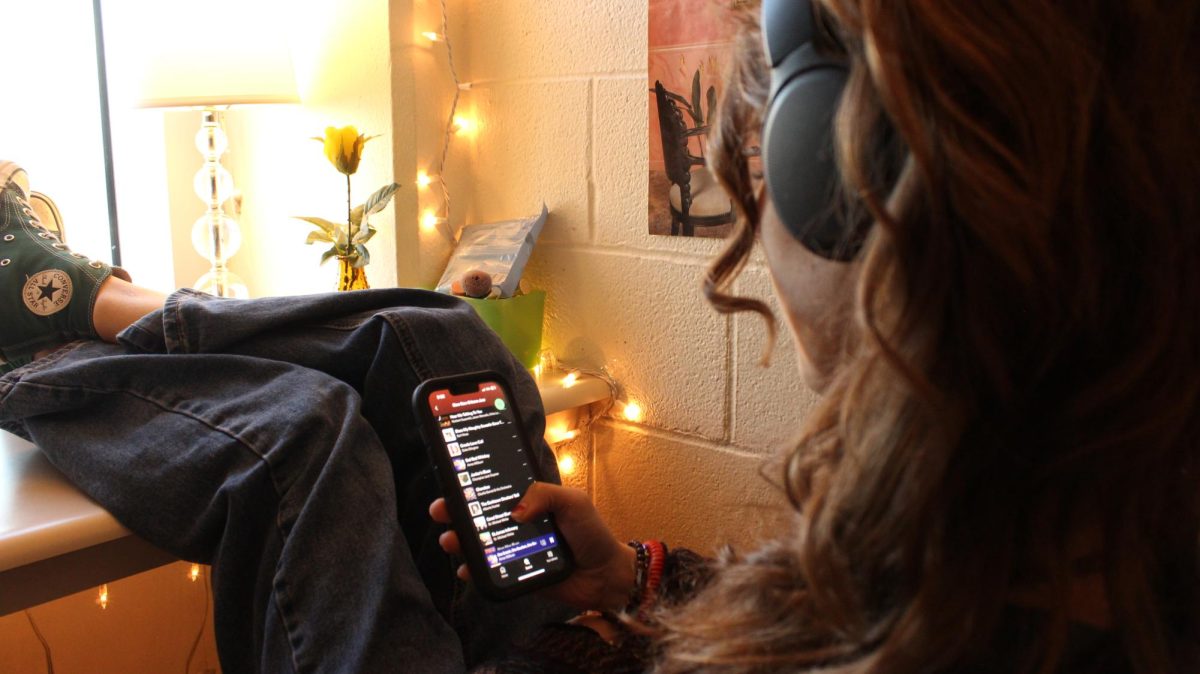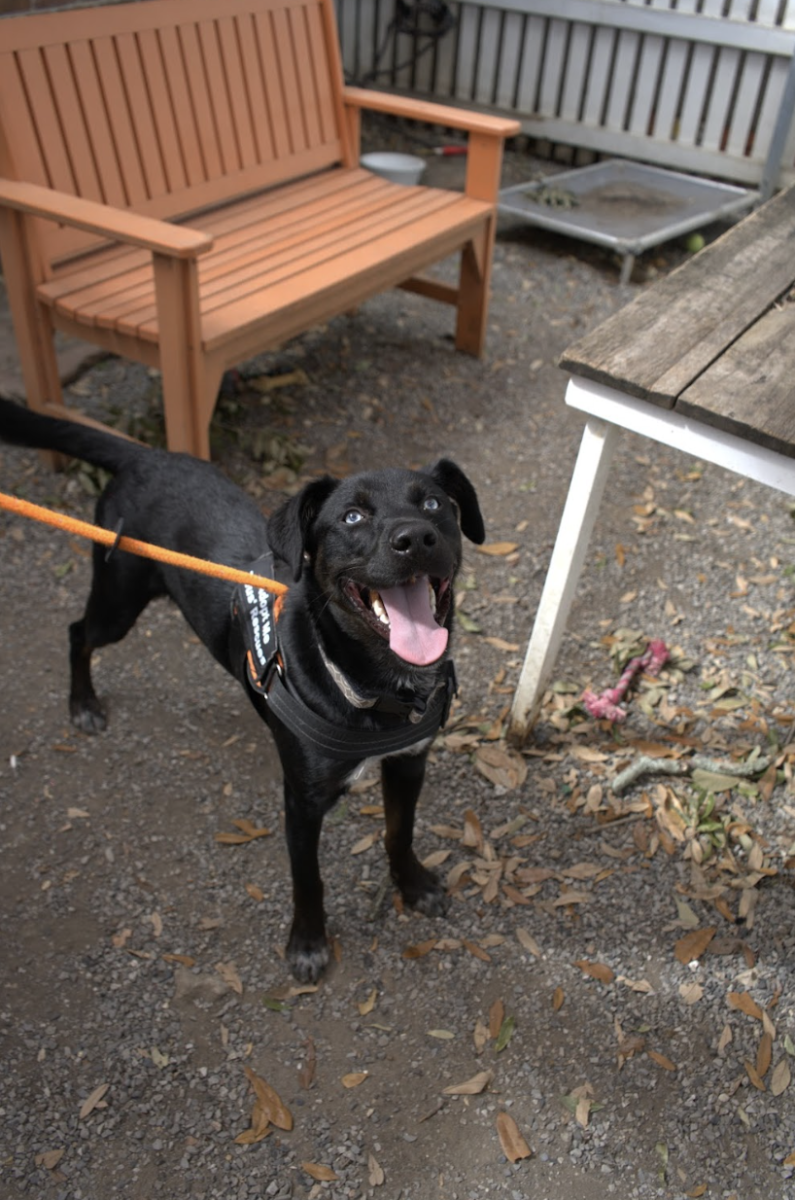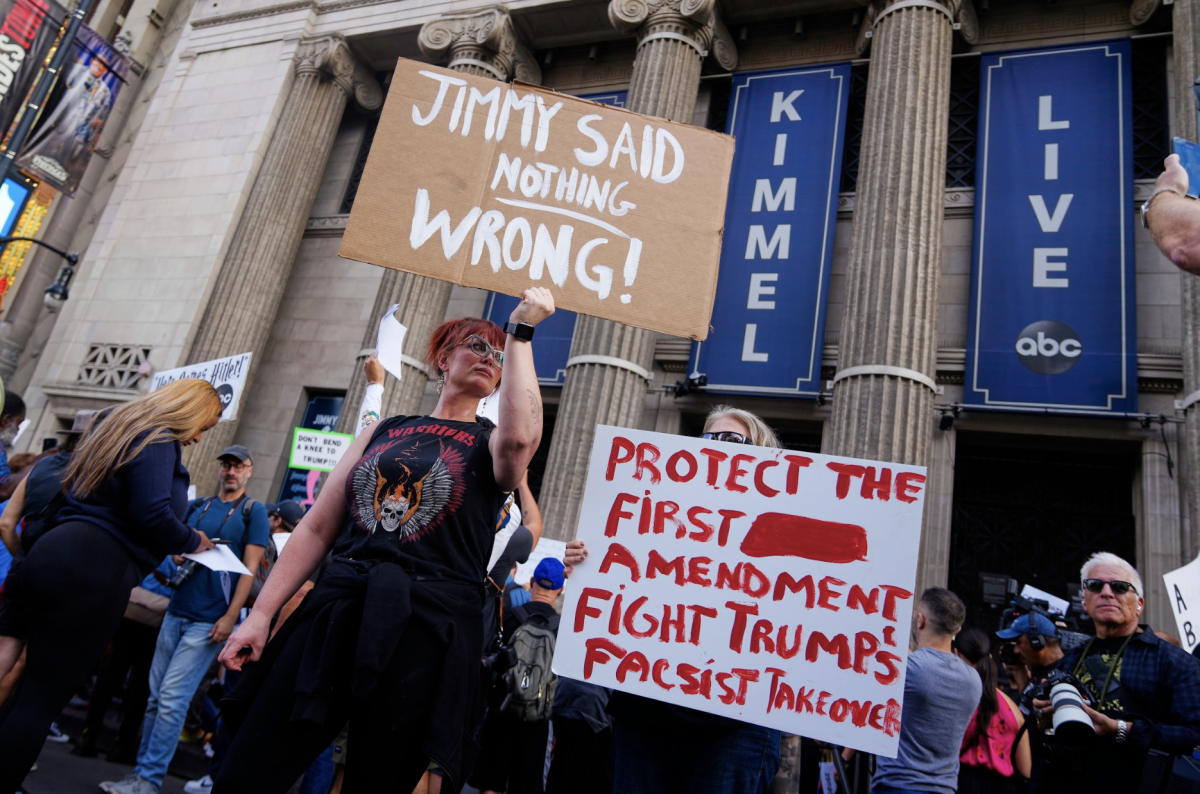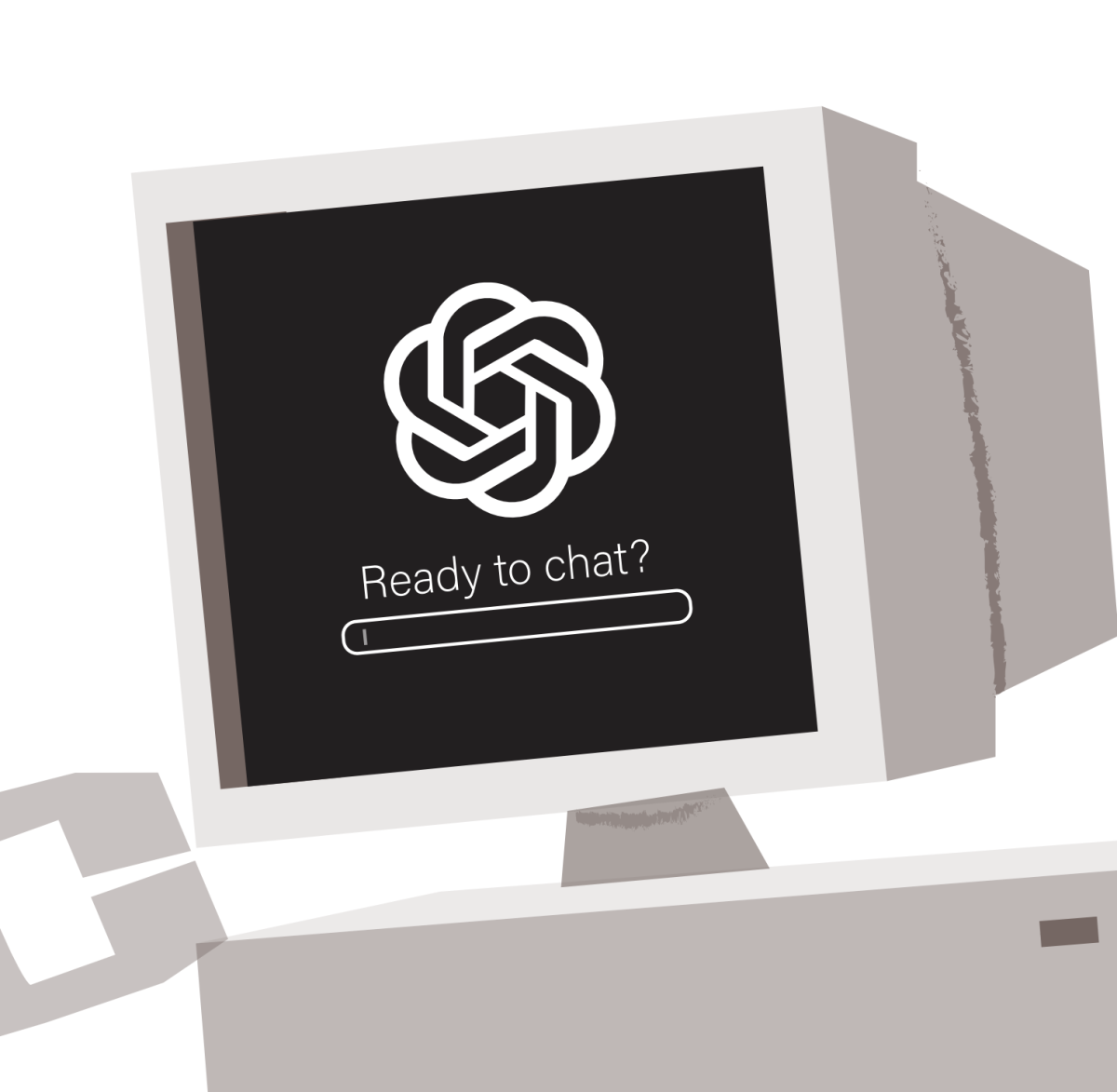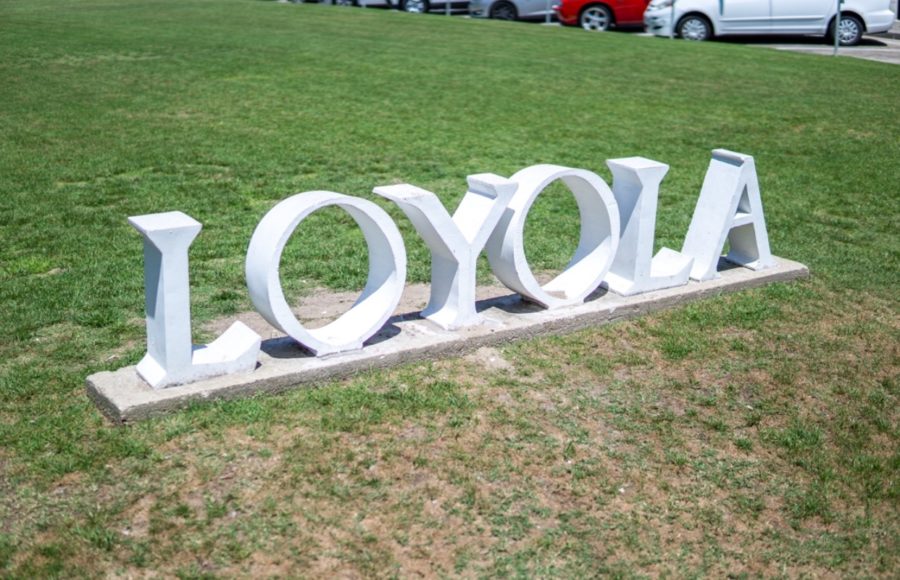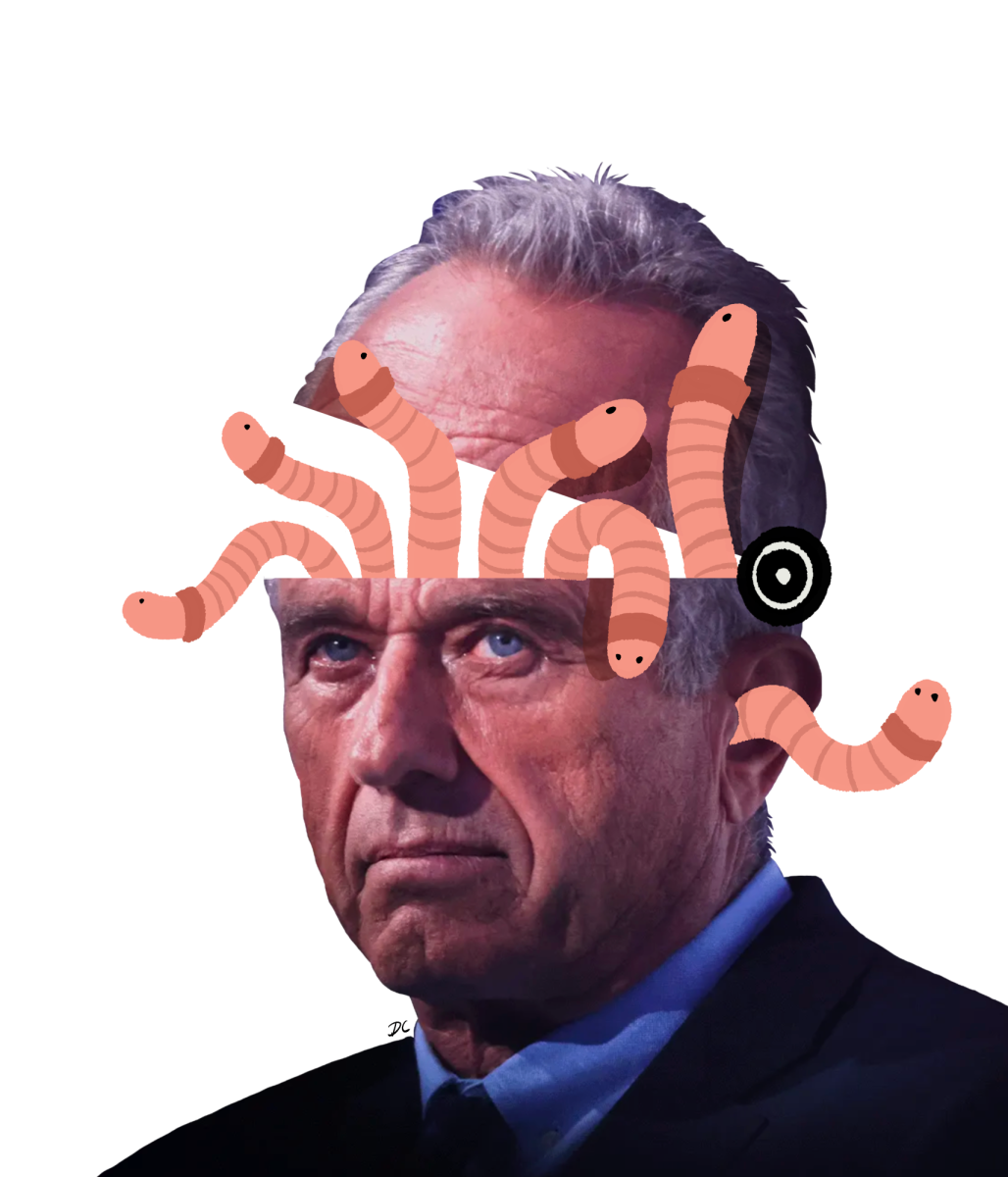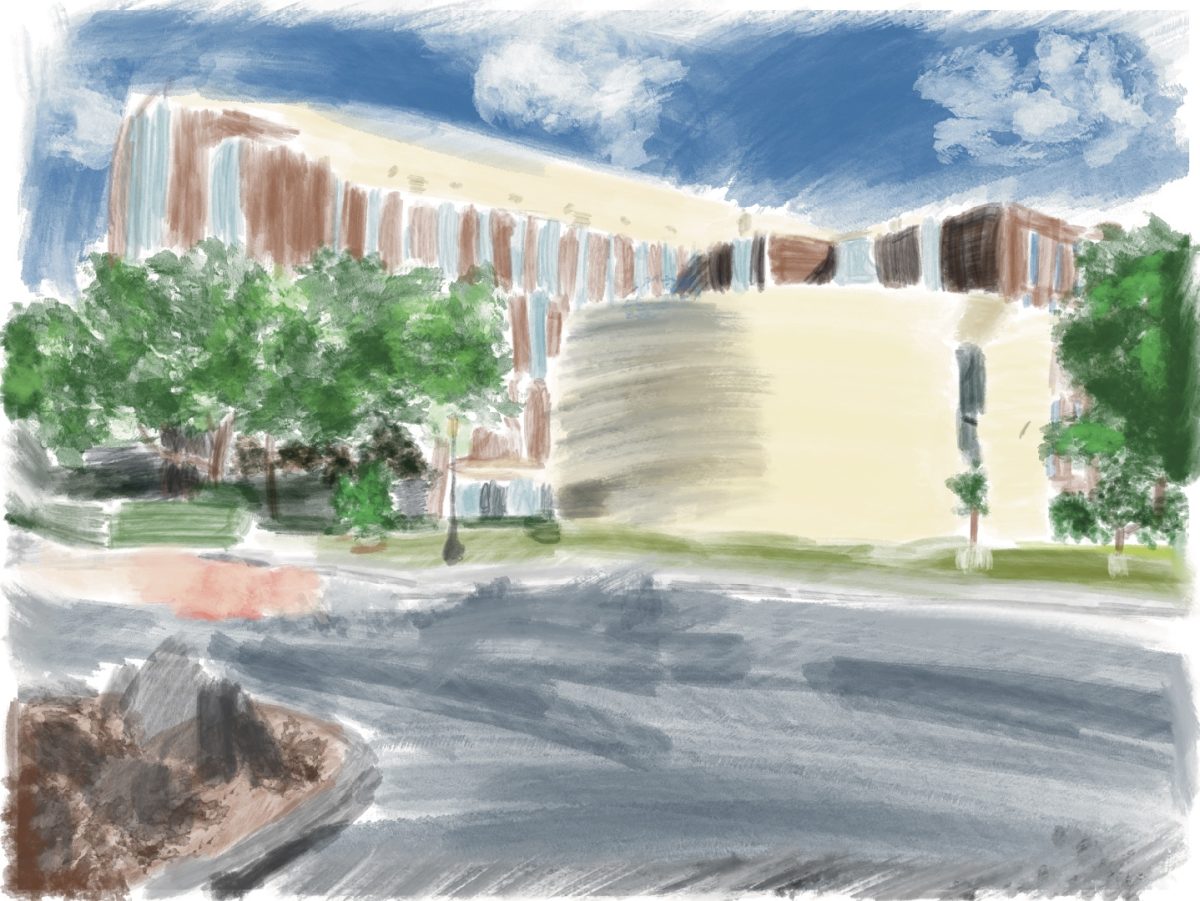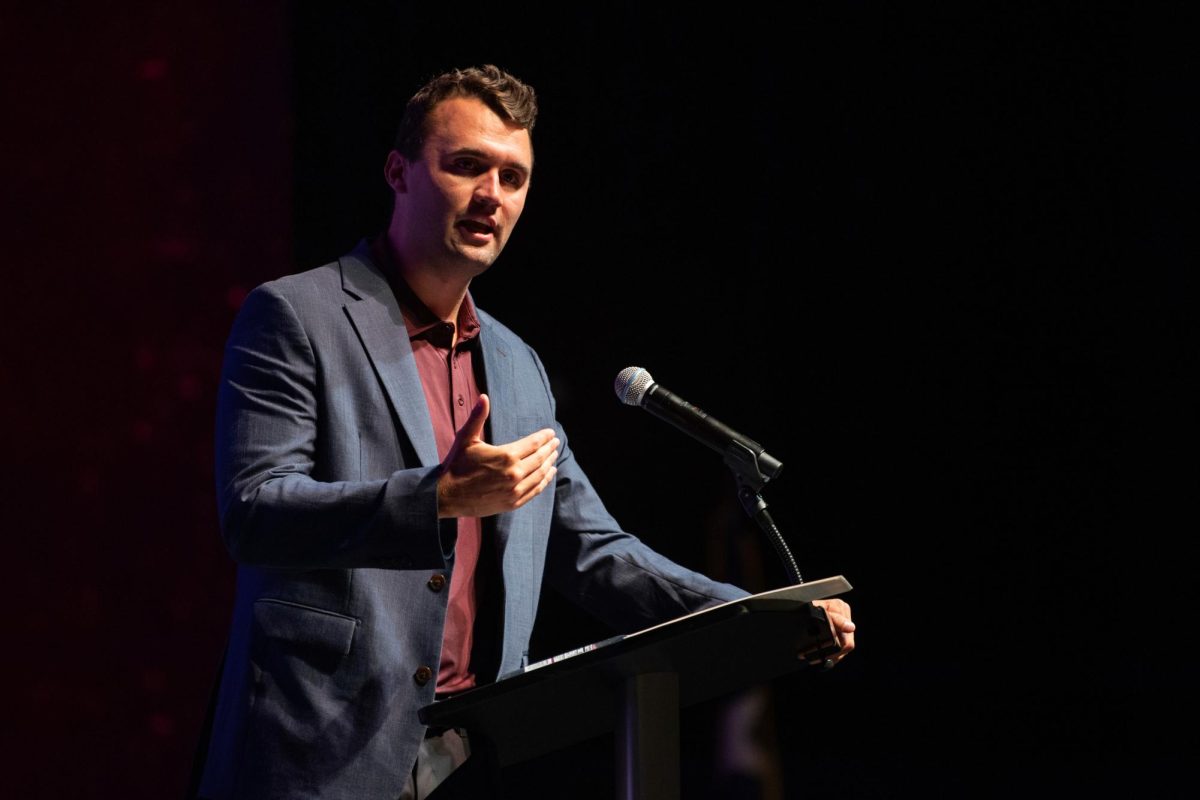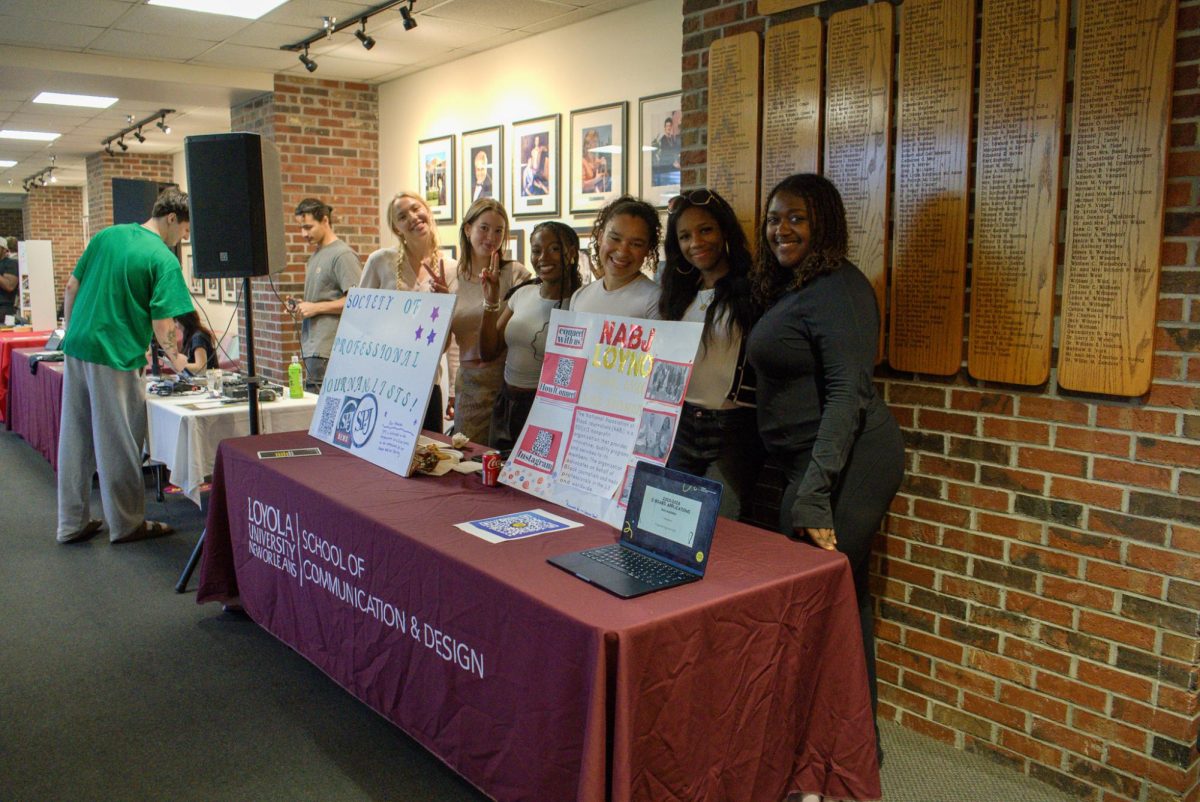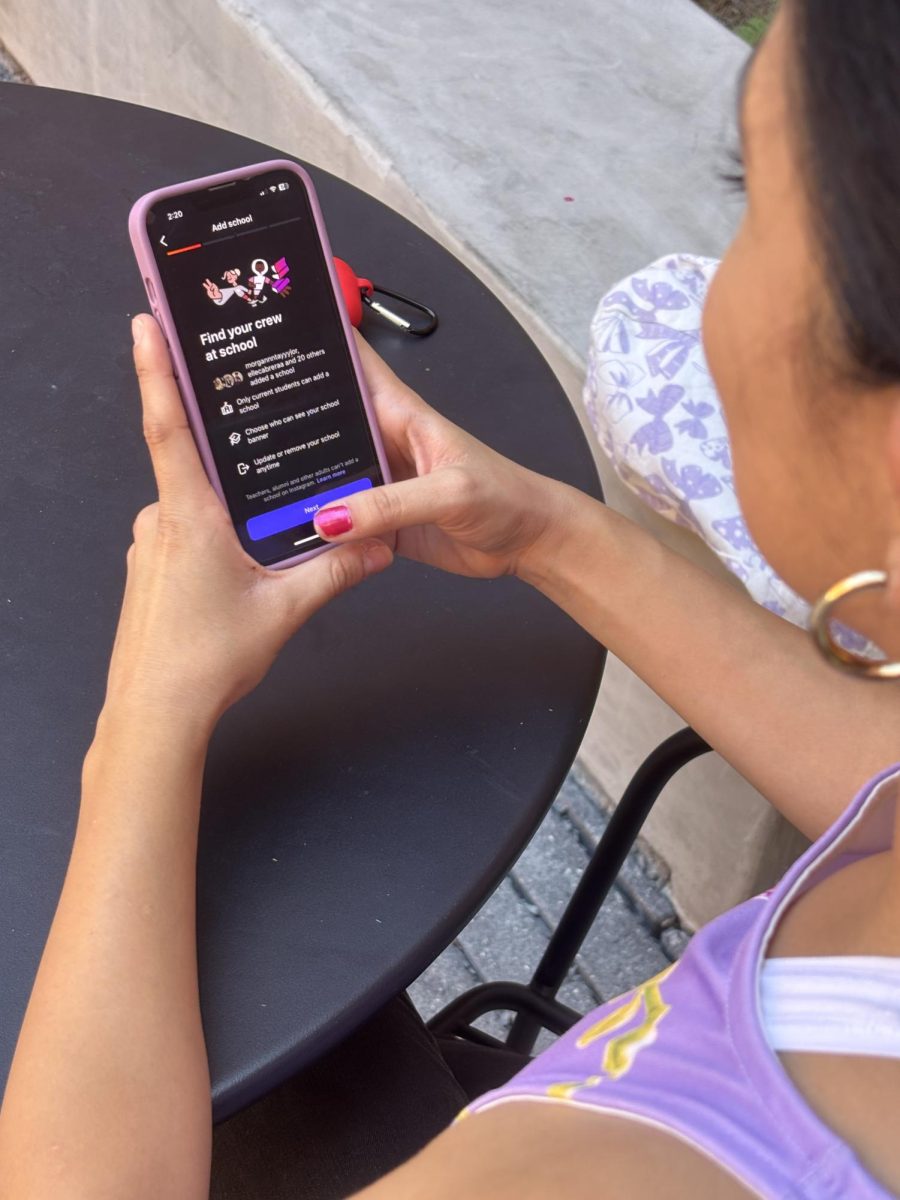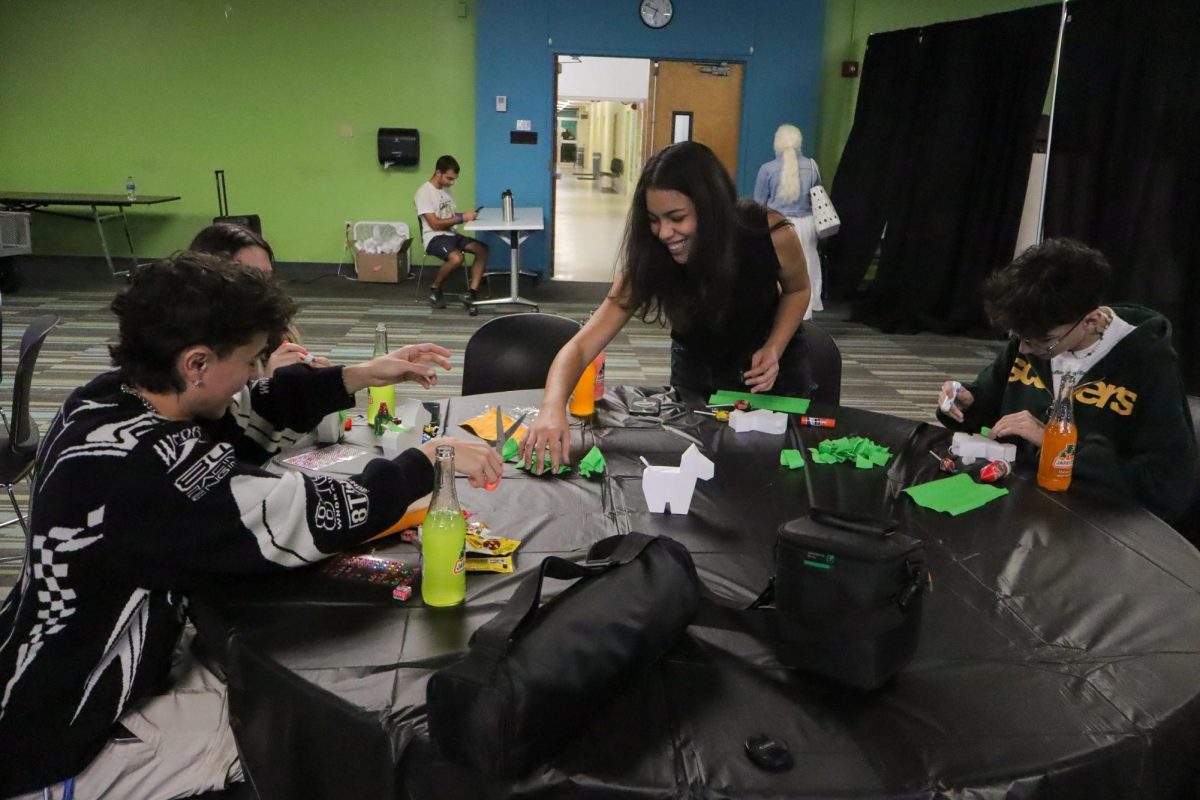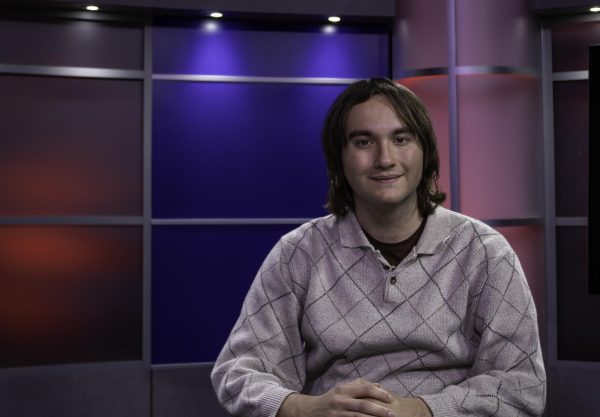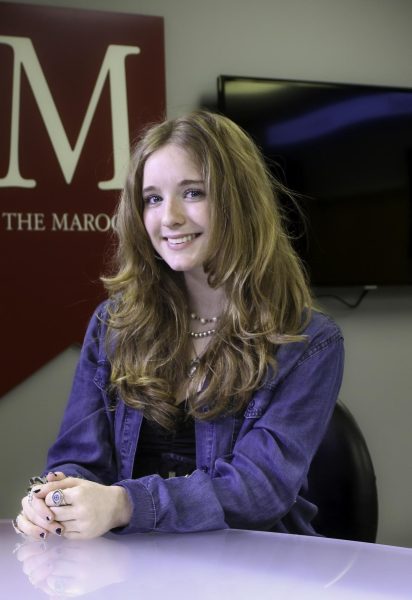In the age of streaming services, customization is mostly out of our hands. The existence of suggestions and saving doesn’t change the fact that algorithms have the most say in what we watch or listen to. However, in the realm of music lies a simple method of curation that has stood the test of time and, in recent years, has become a digital art form: the user playlist. Making playlists provides a unique opportunity for self expression, and it brings purpose and feeling together in a way that is best described as artistically therapeutic.
I love playlists. I would even say I spend more time making playlists than I do actually listening to them. But, what makes playlists an artform isn’t the fact you are throwing a bunch of songs together. The meaning behind those songs is what makes playlists a special form of expression. While it really isn’t that serious, playlists reveal more about you than your taste in music.
You can make a playlist for any scenario or mood, and, whether you think about it much or not, there is a reason that certain songs fit those moods or scenarios. Your “driving playlist”, for example, might be very different from mine in both length and in the songs on it.
These differences reflect the value that people place on artists or various genres. In a way, each playlist tells a story, whether that be through the name of the playlist, its description, the core artists featured on the playlist, or simply the order of songs. In a way, making playlists allows people to be their own DJ; they gather songs that they have a connection to and mix them together to make something they can resonate with.
One of my recent playlists, for example, is one I’m really proud of. I’m a pretty dramatic person at times (more so than I would like if I’m being honest), and my playlists most certainly reveal that. The title “nothing I can say or do.” would make most people roll their eyes since it sounds like something you’d find in an edgelord’s Instagram bio. But, to me that title was fitting for how I felt at that moment.
I made the playlist while I was dealing with some difficult events in my life; remorse, sadness, anger, confusion, and even joy are just some of the conflicting feelings that come to mind thinking back on it. I wanted to listen to music that discusses these emotions in order to relate and find my own way of coping with them. Songs by Mac Miller and Tame Impala, for example, are featured on this 30 song playlist.
However, to juxtapose and keep myself from wallowing in those emotions, I made sure to include artists whose music I sincerely love, music that, even if it just so happens to be sad, makes me feel better and calms me down; to be honest, I should just dedicate a playlist to The Strokes, Lorde, and Tyler, the Creator at this point. I really enjoyed putting thought into this, and, while this is only my personal experience, I feel that playlists give you the power to manifest your thoughts and feelings in a more perceptible way.
In fact, I would say that making and listening to playlists is an effective form of therapy for me, and maybe some of you can relate to that. Some people write or journal when they have a lot on their mind, or some people paint or create crafts to get a visual representation of how they are feeling. Editing and listening to playlists seeks to create that same scenario but with sound.
Making emotions more discernible really helps some people with healing, growing, and simply going about their everyday lives. Similarly to journaling or art, you also have complete control over who sees your playlists. Whether you want to gatekeep your favorite artist, enjoy your secret obsession with movie soundtracks, or you simply don’t want people seeing your go-to songs for intimacy, you have that choice to keep it to yourself.
Regardless of the reason behind a playlist’s creation, that story is what gives playlists the capacity to be an artform. It’s a unique form of digital self-expression that lets people engage with their own curated auditory experiences. Going a step further, people can choose to share these experiences with friends, peers, and even complete strangers.
Furthermore, playlists can be a powerful tool for self-care and reflection. Even playlists that were haphazardly put together reflect the creator in some way, and it’s okay if you don’t think about your playlists very much. I just think we should appreciate the freedom that playlists give us to share how we think and feel.


